Sado Island is called the island of exiles. Are the people who now live on Sado descended from those who were exiled to the island?
Ruzai is a punishment (exile) in which a criminal is banished from the capital to a remote place or island, especially when the exile is to an island called “Shima-Nagashi.” Ruzai is the second most serious punishment after capital punishment. Under the ancient Japanese Ritsuryo system, penalties were divided into three ranks according to distance from the capital: Konru (near), Churu (middle), and Onru (far), with the more serious the crime, the farther the exile. Sado Island in Niigata Prefecture was designated as an “Onru” place in the Nara period (in 724). (In addition to Sado, there were six other places of Onru: Izu, Oki, Awa, Tosa, and Hitachi.)
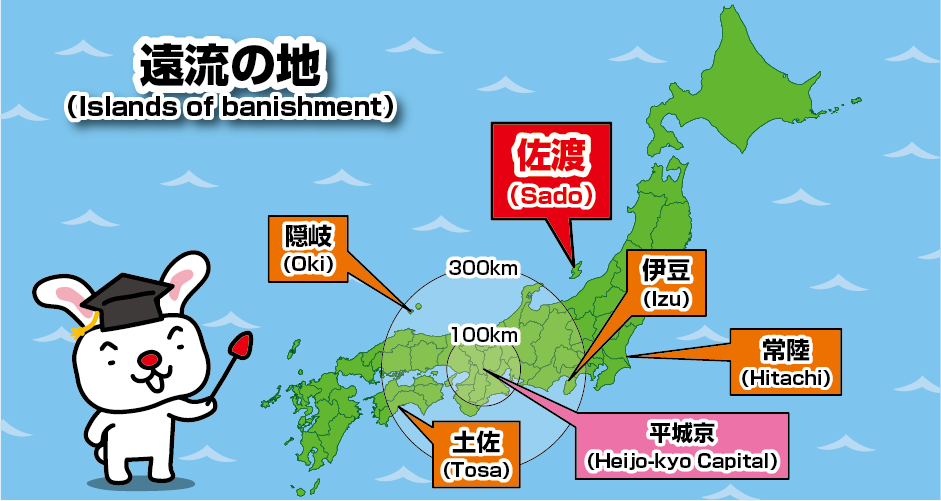
Since then, about 70 people have been exiled to Sado Island during the 700 years from the Nara Period (8th century) to the Muromachi Period (14th to 15th centuries). During the Warring States Period (the period of Nobunaga Oda and Hideyoshi Toyotomi in the 16th century), there was no Shima-Nagashi to Sado Island. Among those who were exiled to the island (i.e., exiles) were emperor, noblemen and cultural figures such as Retired Emperor Juntoku and Nichiren Saint in the Kamakura period (13th century) and Zeami in the Muromachi period (15th century). Until the Edo period, exiles on Sado Island were mainly political and thought criminals.

Nichiren Saint was deported to Sado Island in winter of 1271 since the content of “Rissho Ankoku-ron” made the Kamakura Shogunate angry. He lived in Tsukahara Sanmaido and Ichinosawa deportation place , in the situation of extremely cold weather, poor clothes and foods and under the danger of assassination. Later, the teaching of Nichiren Saint spread through Sado Island, and many places and legends related to him are still remaining. In spring of 1274, Nichiren Saint was pardoned and went back to Kamakura since the predictions of “civil war of Hojo family” and “Mongol invasion” written in “Rissho Ankoku-ron” came true.
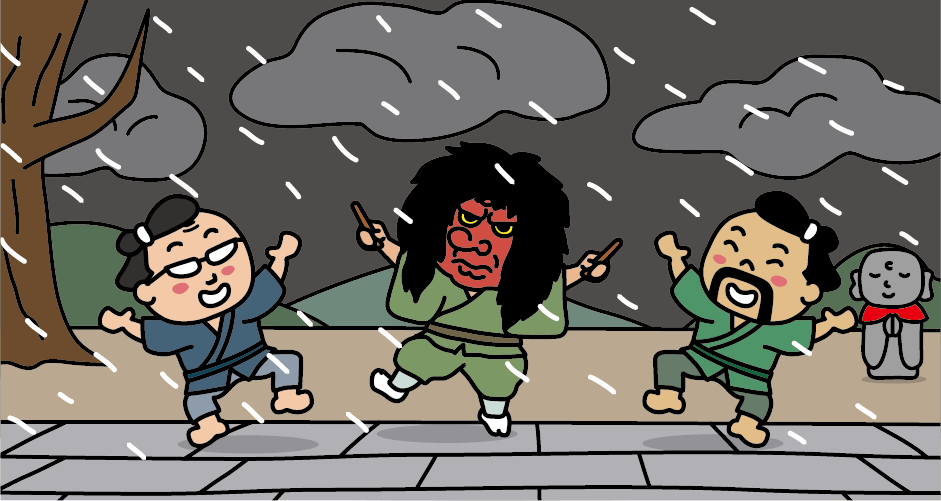
In 1434, Zeami who perfected the art of Noh dramas was suddenly deported from the capital to Sado Island at the age of 72. (One theory says the reason was because he conflicted Ashikaga Yoshinori, Shogun of Muromachi Shogunate about the successor of Noh dramas). A demon mask “Beshimi” which Zeami is said to have worn when he played Noh praying for rain is still kept in “Shoboji” a deportaion place of Sado Island, and can be appreciated at “Rosoku Noh” performance in June every year. According to the legend, Zeami died at the age of 81 after going back to Kyoto, but it is uncertain since there is no official record. It is thought that he probably died in Sado Island.
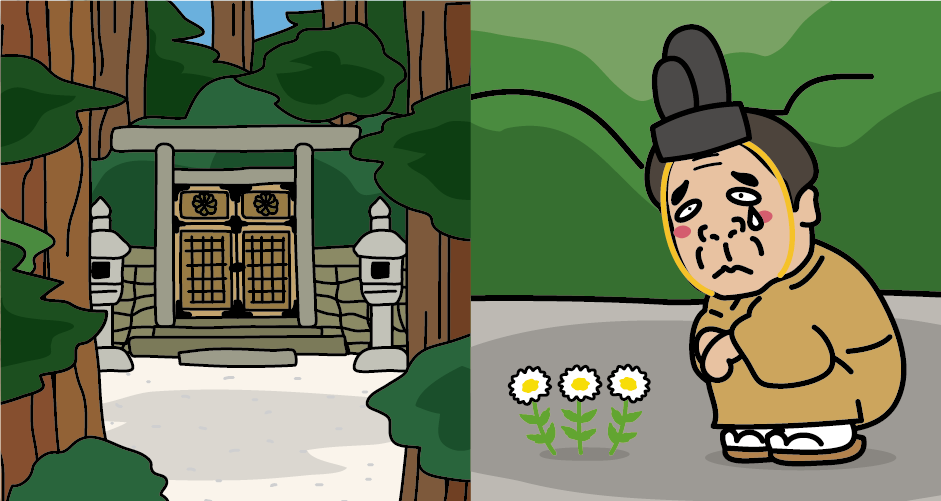
punishment-exile-banish-sado-island-niigata-japan-travel “Mano goryo” is a place where the Retired Emperor Juntoku was cremated. The crest of chrysanthemum is placed on the gate since the Imperial Household Agency is in charge of this site. The Retired Emperor Juntoku was deported to Sado Island in 1221 for losing in the Jokyu war which he attempted to attack the Kamakura Shogunate. He was 25 at that time. Since then, he lived in Sado for 21 years, but he killed himself at the age of 46 from despair that he may never go back to the capital. In Sado Island, there are many monuments and folklores related to the Retired Emperor Juntoku other than Mano Goryo Mausoleum. Retired Emperor Juntoku had three imperial sons and daughters on Sado Island.
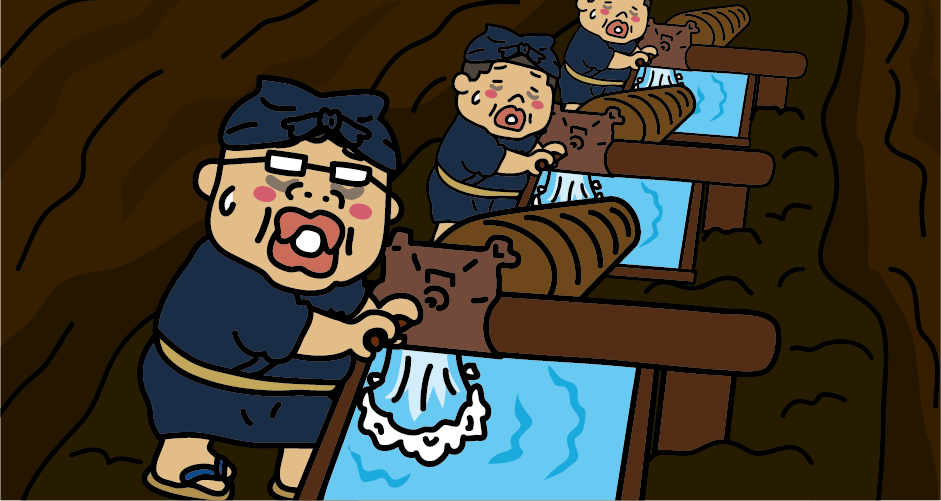
The Sado Gold mine was discovered in the Edo period (early 17th century). Although the term “exiles” is associated with “hard labor at the Sado Gold Mine,” exiles never actually worked at the Sado Gold Mine. As a result of the extension of the Sado Gold Mine tunnels below sea level, mining operations were slowed down by a large amount of spring water, and when there was a shortage of “Mizukae Ninsoku” (water-draining laborers) to work in the mine, people without family registration, known as “Mushuku-nin,” were organizationally sent to Sado Island from Edo, Osaka, and Nagasaki to work as “Mizukae Ninsoku.” Basically, “Mushuku-nin” are not criminals. The exiles can be roughly divided into two categories: those who were “Rukei” and those who were “Ento.” Most “Rukei” were punishments for political and thought crimes committed by emperors, court nobles, government officials, cultural figures, and others. Even if they were exiled to Sado Island, they were not forced to stay in jail but were placed in the care of temples or local feudal lords, who provided them with food. As long as they did not leave Sado Island, they could walk around freely. “Ento” was a penalty established by the Edo shogunate for criminals who gambled, injured, stole, or committed arson. From the 17th to the beginning of the 18th century, about 250 exiles were sent to Sado Island as “Ento.” The treatment of exiles of “Ento” was basically the same, with town officials and merchants designated by the Sado Magistrate’s Office acting as “Miuke-nin(surety)” and allowing the exiles to work stores or to make use of their handicrafts so that they could work on their own. After being released, a few remained on Sado Island. Incidentally, from the middle of the Edo period (18th century), “Ento” to Sado Island was prohibited due to the development of the Sado Gold Mine. Before the discovery of the Sado Gold Mine, the village of Aikawa, located at the foot of the Sado Gold Mine, was a poor fishing village with only a few dozen houses. During the Edo period, Sado Island prospered as one of the largest gold mines in the world and was a port of call on the Kitamae-bune route, so many people from outside Sado Island moved to the island in search of work. As the development of the Sado Gold Mine progressed, the population of Sado Island is said to have exceeded 100,000, but even in tiny Aikawa village alone, 50,000 people lived there. (The current population of Sado Island is 50,000.)
Access to Mano Goryo
From Tokyo
It takes about 2 hours from JR Tokyo Station to JR Niigata Station by Joetsu Shinkansen. It takes about 15 minutes by local bus from JR Niigata Station to Niigata Port.
From Osaka
It takes about 1 hour from Itami Airport to Niigata Airport. It takes about 25 minutes by shuttle bus from Niigata Airport to Sado Kisen Niigata Port Terminal.
From Sado Kisen Niigata Port Terminal to Sado Kisen Ryotsu Port Terminal, it takes about 1 hour by jetfoil and about 2 hours and 30 minutes by car ferry. It takes about 1 hour from Ryotsu Port Sado Kisen Bus Stop to Mano Goryo Iriguchi Bus Stop by route bus (south line). Get off at Mano Goryo Iriguchi Bus Stop and walk for about 5 minutes.

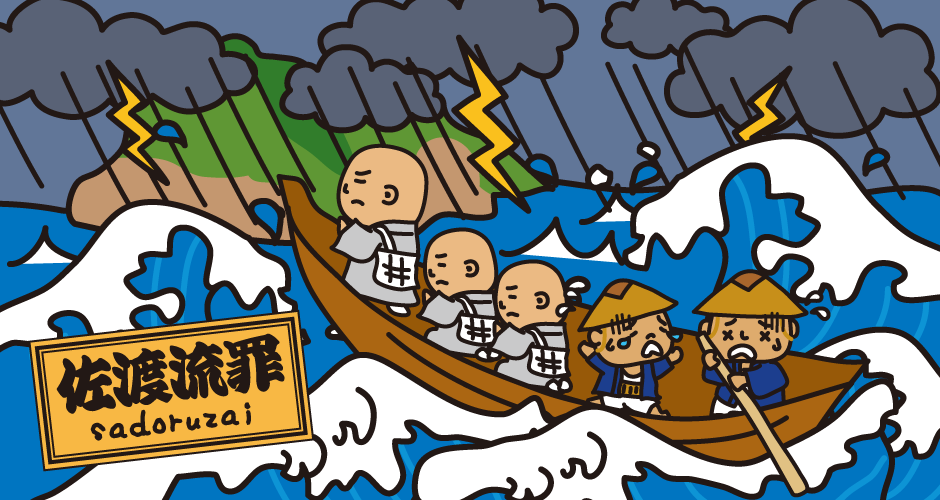


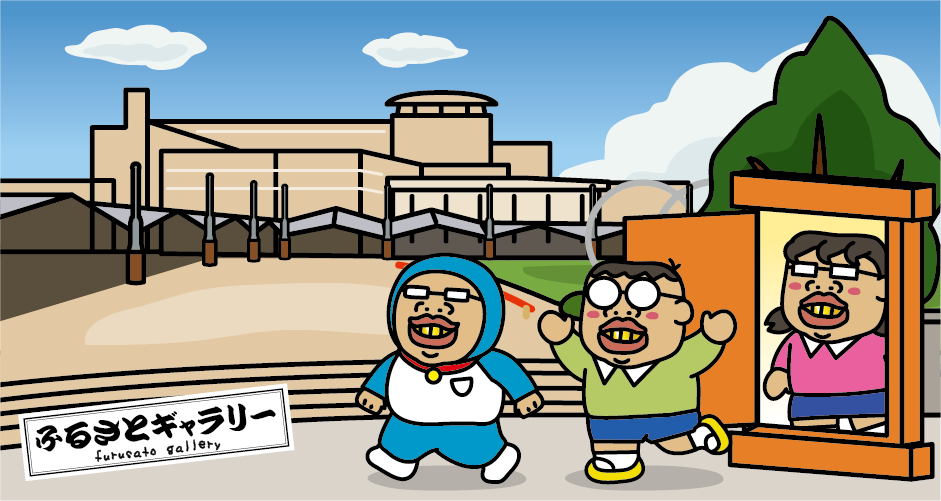

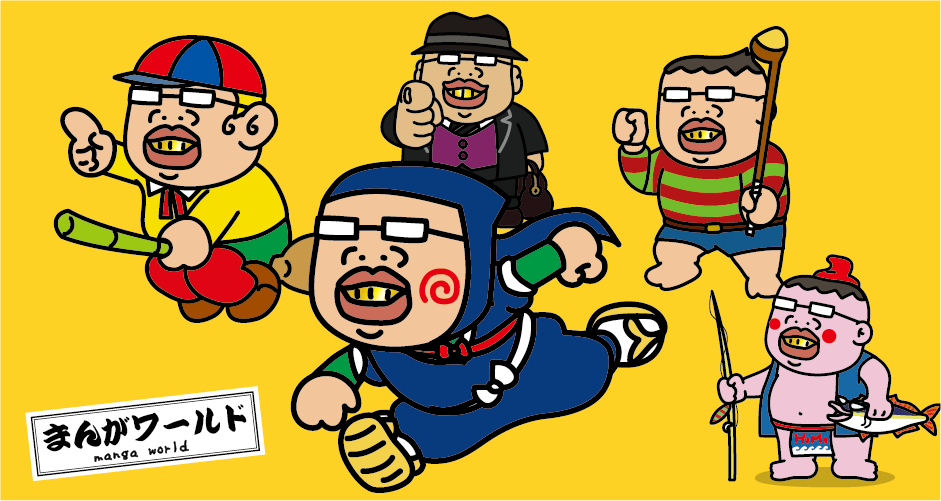
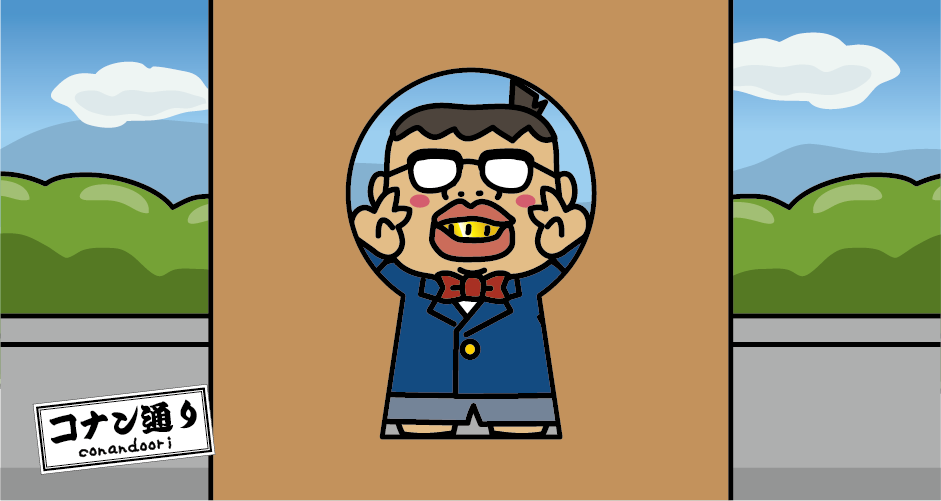


You need to login to comment on an article.